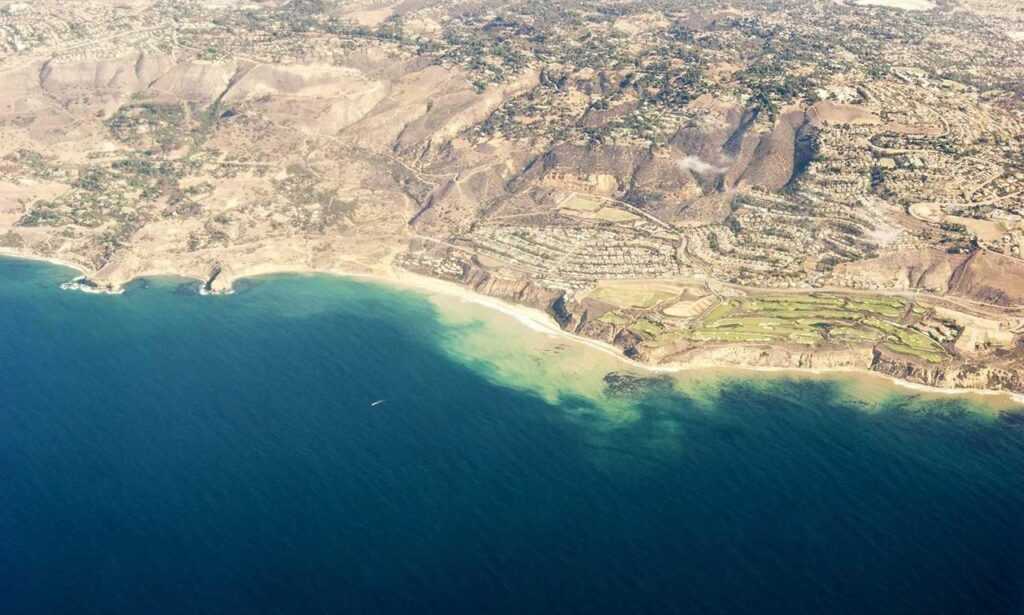Whether you’re mapping out your next solo backpacking trip or planning a detailed group itinerary, lwmfmaps travel guides are designed to make each step more intuitive. They cover far more than just directions — integrating local insights, cultural highlights, and practical tips. If you’re new to this resource, take a minute to explore lwmfmaps and see how their approach redefines travel planning from the ground up.
What Sets lwmfmaps Travel Guides Apart
Most travel tools either focus on navigation or sightseeing. lwmfmaps travel guides bridge both — and then some. Instead of offering thousands of half-baked suggestions, they focus on quality over quantity, pulling in expert recommendations, curated paths, and hyper-specific traveler tips. Each guide works like a cross between a local friend and a field-tested mapbook.
The real standout is the layering of content. Think topographical maps charted alongside historical context, dining recommendations built around local customs, and transit options laid over real-time data. It’s streamlined, but loaded — giving you what you need when you need it.
Built for Every Type of Traveler
Not every traveler wants the same thing. Some follow food, others follow surf breaks. A few chase architecture, and some just want silence and space. lwmfmaps travel guides are formatted to flex around these styles.
- Backpackers & budget explorers: Routes focus on value stays, walkable cities, and local eats that don’t wreck your budget.
- Luxury & experience seekers: Highlighted premium hotels, specialty tours, and must-try exclusive venues.
- Eco-travelers: Routes emphasizing public transport, community-run lodging, and zero-waste points of interest.
- Cultural deep-divers: Guides that do more than just list museums — they explore the context, significance, and best times to go.
Whatever your category, you’re not getting a cookie-cutter experience.
How It’s Structured
Most guides you’ll find online or in bookstores are either too shallow or too dense with fluff. lwmfmaps travel guides dial in the structure:
- Overview: Region intro, language basics, and general tips.
- Neighborhood breakdowns: Clean, map-linked overviews of each area — including traits and traveler fit.
- Points of Interest (POIs): Sorted by traveler type — cultural, outdoors, indulgent, obscure.
- Numbered walking routes: Plug-and-play day tours with fully mapped logistics.
- Exit strategy: How to move to the next destination, what NOT to miss, and what to leave for next time.
All PDFs and browser-accessible versions are built to work offline too — good news if you’re in a signal dead zone in rural Vietnam or a remote Icelandic fjord.
Combining Digital Experience with Human Curiosity
Where a lot of travel apps try too hard to automate discovery, lwmfmaps layers in actual perspective. They crowdsource but filter. They pull tourist feedback, but vet it using on-ground correspondents and local experts. It gives each guide a lived-in feeling — like someone has walked those steps before you and left markers behind.
That’s no accident. Instead of AI-curated data dumps, real people — writers, researchers, and travelers — build each guide quarterly. You feel that difference when you’re choosing between cafés in Barcelona or side trips from Tbilisi.
Updated Quarterly — Because Cities Change Fast
Let’s be honest: a two-year-old blog post isn’t a reliable way to plan a trip. Neighborhoods shift. Great restaurants close. Transit rules change. Seasonal quirks matter. That’s why lwmfmaps travel guides update every few months. These aren’t static one-and-done files — they’re living tools.
Subscription options even allow early access to major city updates and beta content for new routes before public release. For repeat travelers or travel pros, that detail makes a difference.
Small Print That Matters
One thing travelers care about (but sites forget to mention): transparency. Pricing is clear. Attribution for recommendations is open. Filters let you exclude anything that doesn’t fit your interests — no filler, no shady sponsored posts.
And because lwmfmaps travel guides are designed with both solo explorers and group organizers in mind, they scale well. Plan something low-key over five days? Covered. Coordinating with eight people and three languages? Still covered.
Final Word: Digital Without the Disconnect
This isn’t another app demanding your attention. It’s a travel tool built to fade into the background once you’re on the move — surfacing only when you need it. And that’s what makes it different. In an age where smartphones rule and suggestion fatigue is real, lwmfmaps travel guides offer something remarkably rare: clarity.
Take a few minutes to browse your next destination using this system. From the tried-and-true to the offbeat, it’s designed to suit a more thoughtful kind of travel — efficient, immersive, and adaptable.


 Justin McLeish has played an important role in developing Drip Travels Hide, using his passion for adventure and storytelling to create compelling travel content. His work blends destination highlights with practical travel advice, ensuring readers have all the tools they need for an unforgettable journey. Whether showcasing must-visit locations or offering insider tips on navigating new cultures, Justin helps make travel planning effortless and exciting. His contributions bring a dynamic and informative edge to the platform, making every trip feel more accessible and enriching.
Justin McLeish has played an important role in developing Drip Travels Hide, using his passion for adventure and storytelling to create compelling travel content. His work blends destination highlights with practical travel advice, ensuring readers have all the tools they need for an unforgettable journey. Whether showcasing must-visit locations or offering insider tips on navigating new cultures, Justin helps make travel planning effortless and exciting. His contributions bring a dynamic and informative edge to the platform, making every trip feel more accessible and enriching.